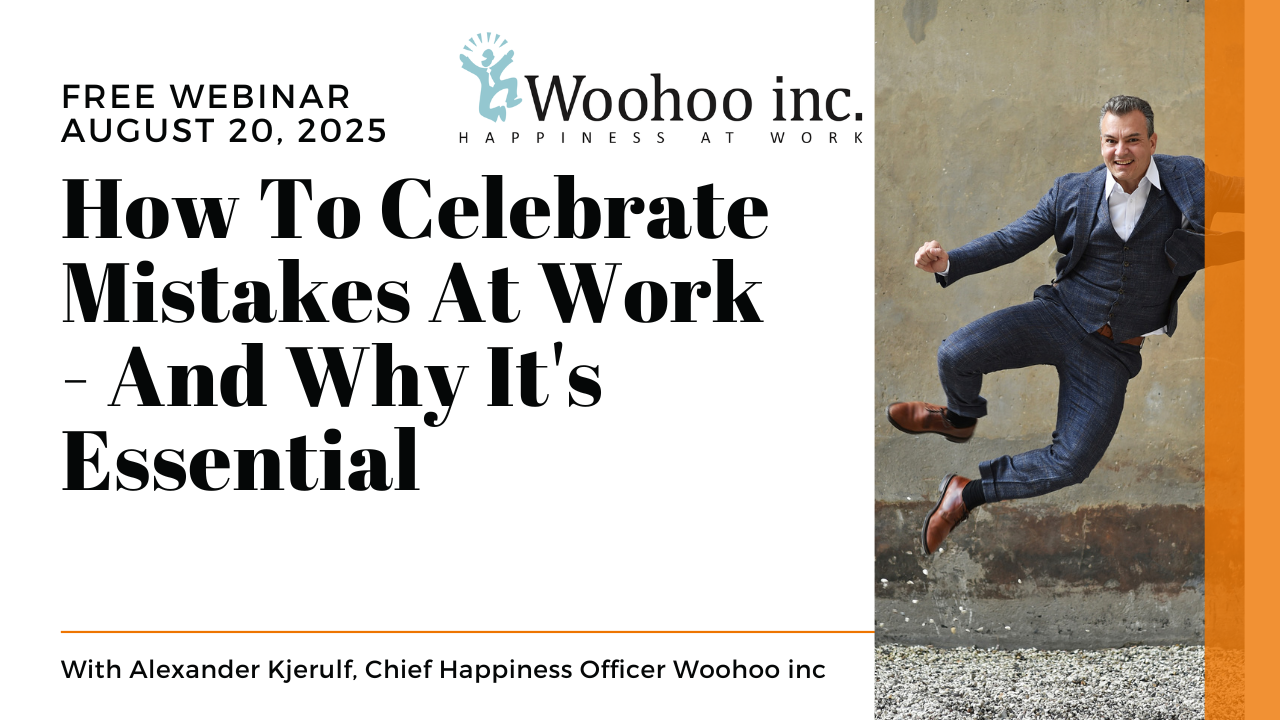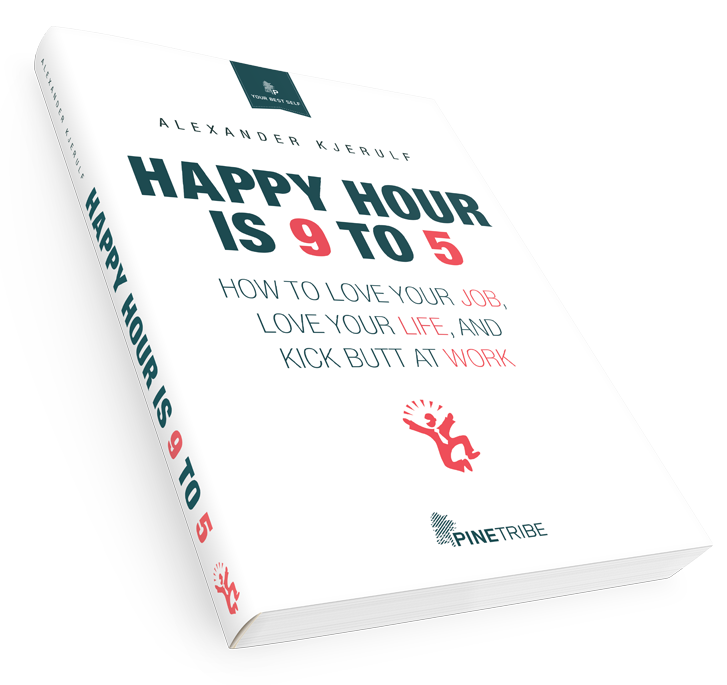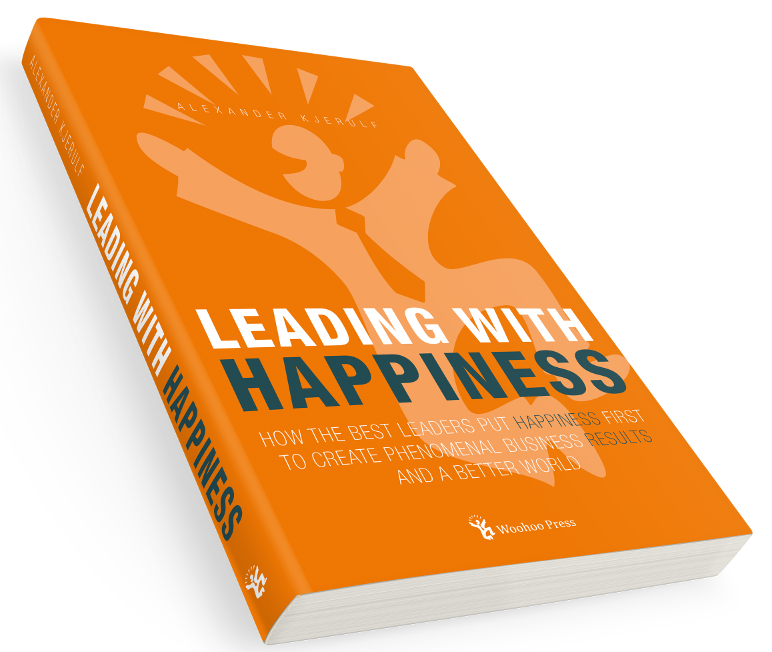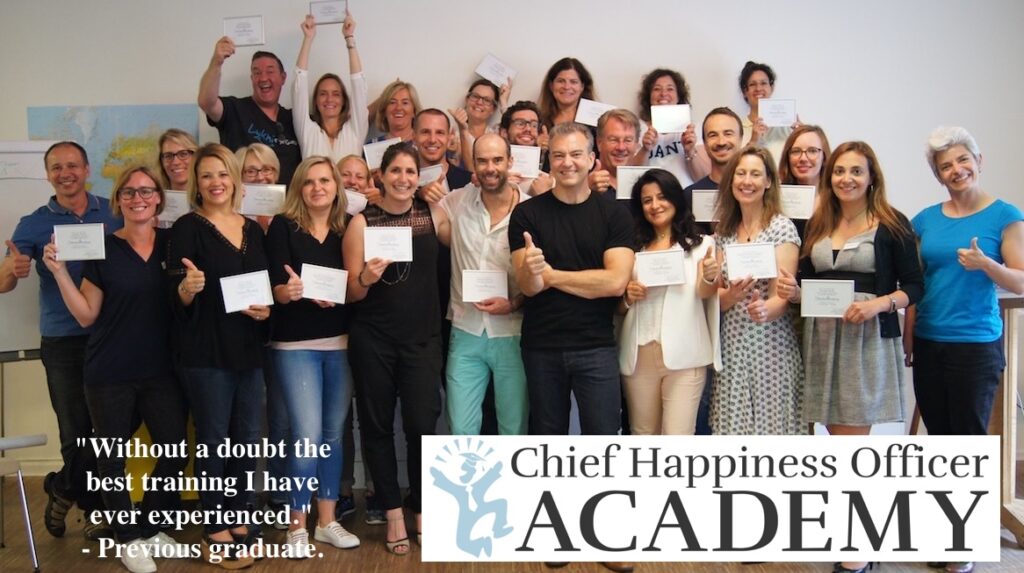
-
THAT’S creative. And hilarious.
Creativity in the workplace is important. Well, this is creative:
Have a happy weekend!
-
Finding Big Mama
 Davita is an American company that does dialysis. They have about 2,000 clinics all over America where 160,000 patients come to get dialysis 3 times a week.
Davita is an American company that does dialysis. They have about 2,000 clinics all over America where 160,000 patients come to get dialysis 3 times a week.If you know someone with failing kidneys, you know that getting dialysis is incredibly tough physically. However, dialysis is what keeps you alive. If you can’t get your treatments, after just a few days your body shuts down and you die.
This became critical after Hurricane Katrina hit New Orleans. Remember, this is what the city looked like at the time and many patients couldn’t get to the Davita clinics for their treatment:

Davita employee Brian Applewhite describes one attempt to locate a patient:
The first thing we did after the storm was start looking for our patients, and I literally had to cut through trees to find them.
There was one lady that we called Mrs. B. She lived in a low-income area, and I was walking through the streets screaming her name, but no one was responding. I remembered that she once told me that people called here “Big Mama,” so I tried screaming that.
They pointed me to the house with the big tree on it! Big Mama hadn’t dialyzed in three days, and when I walked in, she said she thought she’d seen a ghost.
Brian got her to dialysis in time and she made it.
Two things stand out to me about this story. First, that an employee will go to such length for a customer. Going out into post-hurricane New Orleans must have been scary to say the least.
But also, the reason he found Mrs. B. at all was that he knew her well enough personally to know that she was also called Big Mama. He had a relationship with her that was more than just transactional – it was personal.
I hear many stories of employees being good human beings in the course of their work and this one is another great example. Have you ever heard of or done something similar at work? Let me know in a comment.
-
Do job satisfaction surveys do anything?

I am thoroughly skeptical about job satisfaction surveys. Many, many workplaces do them but I have yet to see a convincing example or case where such a survey helped a company pinpoint and fix one or more issues so that employees became more satisfied as a result.
But I may be wrong. It wouldn’t exactly be the first time :o)
So my question to you is this: What is your experience with job satisfaction surveys? Have you seen them help in your workplace? How did you do it and how did it help? Or has your workplace also done them with very little show for it?
Write a comment below, I’d love to know what you think about employee satisfaction surveys.
-
What made you happy at work this week?
 Woohoo – it’s Friday.
Woohoo – it’s Friday.Before you go home from work today, make a list of 3 things that made you happy at work this week.
Then tell me about them in a comment below.
And then go home and have an awesome weekend :-)
Studies show that taking time to focus on the positive things in your life makes you happier – probably because it helps reduce negativity bias. Another study showed that it might be more effective to do it weekly rather than daily – hence this exercise.
-
This is the best thing said about happiness by anyone ever
 As far as I’m concerned, this is the greatest thing said about happiness by anyone ever:
As far as I’m concerned, this is the greatest thing said about happiness by anyone ever:This is the true joy in life, being used for a purpose recognized by yourself as a mighty one. Being a force of nature instead of a feverish, selfish little clod of ailments and grievances, complaining that the world will not devote itself to making you happy.
I am of the opinion that my life belongs to the whole community and as long as I live, it is my privilege to do for it what I can. I want to be thoroughly used up when I die, for the harder I work, the more I live.
I rejoice in life for its own sake. Life is no brief candle to me. It is a sort of splendid torch which I have got hold of for the moment and I want to make it burn as brightly as possible before handing it on to future generations.
George Bernard Shaw
-
7 steps to handle criticism at work well

This is how some people handle criticism at workA senior leader in a meeting told me that feedback is a gift. How can you ever improve if you don’t know where you need to shore up your skills or work habits?
That’s some of the best advice I’ve ever gotten and it has changed the way I think about negative feedback.
Now I use that line on my teenage daughters. I’m not so sure they think feedback is a gift… just yet :)
– Julie P.
Many people get defensive or sad when they’re criticized at work. In many cases, the workplace has no feedback culture in place and people are not trained to give or receive criticism in a constructive manner. Giving and receiving negative feedback constructively takes a LOT of practice!
The best way to receive negative feedback well is to follow these 7 steps:
1: Listen.
Actually hear what’s being said. If necessary, ask questions to make sure you understand the criticism fully.Here’s an example:
I reiterate what she said so she knows that I was really listening and since my boss likes to teach and is very detail-oriented, I’ll ask her if she can give me a few tips on how to perform the task better and throw in a few suggestions as well to get her feedback.
I end the conversation by asking where I’m doing well so I can keep up the good work which is my way of helping her to remember where I excel.
This also shows her that out of everything that I do, she’s got few complaints and gives her the confidence to give me more responsibilities.
2: Assume good intentions
Unless proven otherwise, assume good intentions. Don’t automatically jump to the conclusion that the person criticising you is “out to get you.” Of course, sometimes they are. If so, see below.3: Do not get defensive and start making excuses.
Instead you might say what you’ve learned and what you will do differently from now on.4: Don’t take it personally
Remember that they’re criticizing your work, not you as a person. Never take negative feedback about your work as a criticism of you as a person.5: See criticism as help
Remember that all constructive feedback (including negative feedback) is a sign of interest and a sign that people want to help you do better. It would be far worse for people to notice you doing bad work and not say a word.6: Don’t be too hard on yourself
Remember that everyone makes mistakes and has things to learn. Yes, that includes you. There’s nothing wrong with making mistakes, but making the same mistakes over and over because you refuse to listen to criticism and learn is just stupid.7: Say thank you
Thank the person for their feedback.Never put up with attacks in the workplace
However, note that these steps only apply to constructive, well-meant criticism. Unfair and overly negative feedback is also used as a tool by bad managers and workplace bullies to demean and control others.
The wrong kind of criticism can be:
- Overly negative
- Personal attacks
- Unfair criticism for something that is not your fault or outside if your control
- Delivered in an unpleasant way
Do NOT put up with this kind of attack. If you do it will persist.
Feedback can be a gift
All constructive feedback is valuable because it gives you a chance to improve and learn. Positive feedback is easier and more fun (and sadly undervalued in most workplaces) but negative feedback and criticism can be a fantastic thing as long as we do it right.
In fact, many employees I’ve talked to simply wish for more feedback of any kind. They feel like they work in a vacuum where no one ever notices their efforts, good or bad, and this makes it almost impossible to know whether or not they’re doing good work.
We desperately need feedback – both positive and negative. Tell me what I do well AND tell me what I can do better.
Your take
Have you ever received negative feedback in a way that helped you out? How did you receive it? What are some BAD ways to receive criticism? Do you have a coworker who handles criticism particularly well or badly? How do they do it? Write a comment below – I’d love to hear your take.
Related articles
-
What is arbejdsglaede in your language?

The good people at Maptia are working on translating arbejdsglaede, the Scandinavian word for happiness at work, into as many languages as possible.
And you can contribute! You can add your language here.
-
Go to the 2013 Meaning Conference (or forever regret it)
The 2013 Meaning Conference just went live. I spoke last year and found it to be one of the best, most inspiring and most important conferences I’ve ever been to.
You can see my speech from the 2012 Meaning Conference here:
The conference is on November 8 in Brighton and you can get your early-bird tickets now.
I won’t be speaking this year, I’ll be there to do something even better: A pre-conference workshop. Read all about it here.






